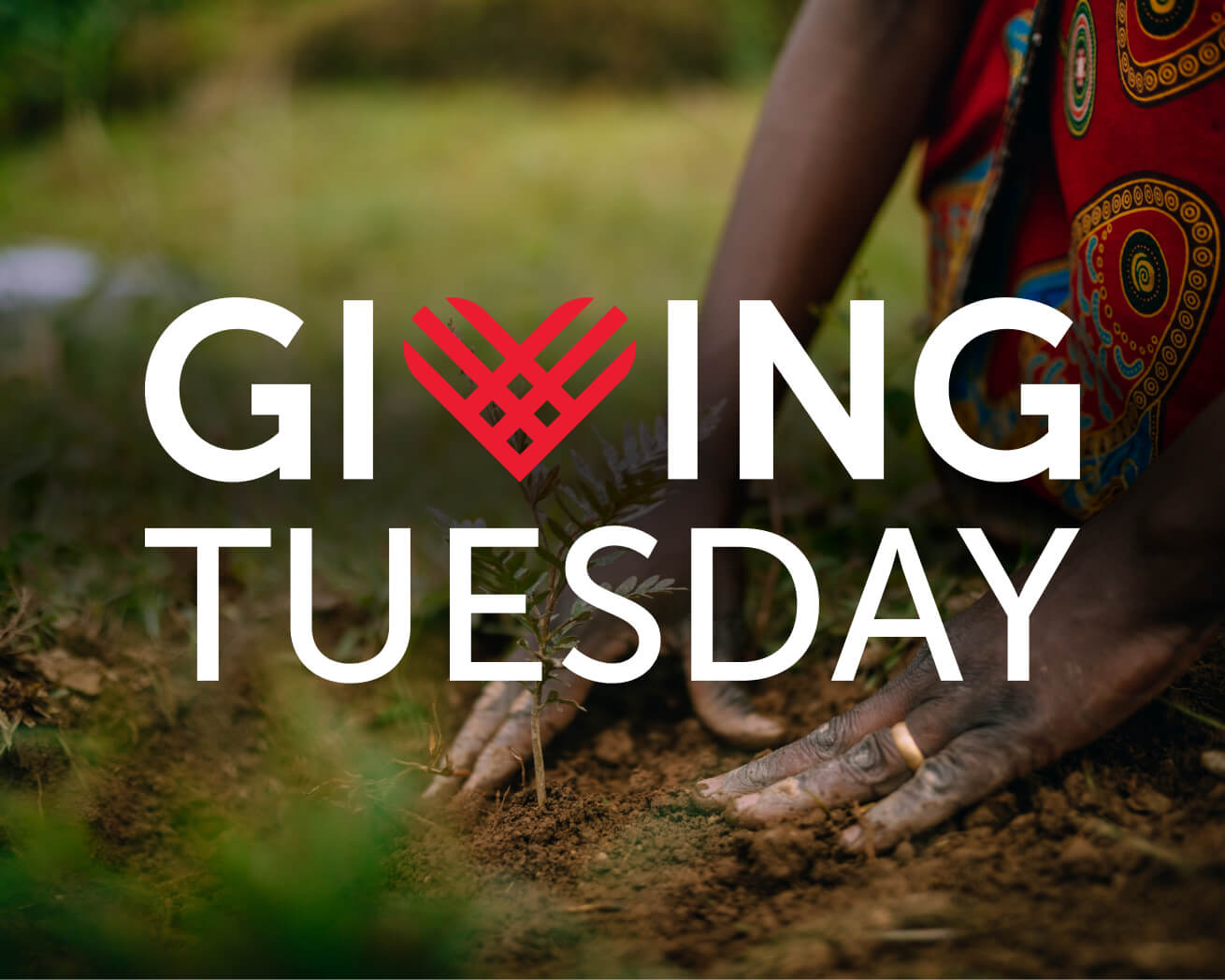Reforestation
The process, benefits, specifics and projects explained
What is Reforestation?
Reforestation can be defined as the process of replanting trees in areas that have been affected by natural disturbances like wildfires, drought, and insect and disease infestations — and unnatural ones like logging, mining, agricultural clearing, and development. This can mean anything from supporting natural regeneration in an area that has been degraded to planting ecologically appropriate tree seedlings after forest fires.
How Reforestation Helps the Environment?
By planting trees in areas that have been degraded or deforested, reforestation helps the environment by guaranteeing, or accelerating the re-establishment of healthy forest structure by regrowing the forest canopy and preserving biodiversity within the ecosystem.
Reforestation Benefits
- Helps carbon sequestrationby fixing atmospheric carbon dioxide in their leaves, trunks, and roots
- Removes air pollutants by absorbing them into their leaves and bark
- Prevents soil erosion by growing roots that hold the soil together
- Provides habitatfor over 80% of the world’s terrestrial biodiversity
- Acts as natural air conditionersby reducing ambient air temperatures by up to 8° Celsius
- Reduces the impact of global warming and climate change
- Helps to protect endangered species
- Filters our drinking water through their roots
- Prevents floods and landslides by absorbing water and slowly releasing it via transpiration
- Helps carbon sequestrationby fixing atmospheric carbon dioxide in their leaves, trunks, and roots
- Removes air pollutants by absorbing them into their leaves and bark
- Prevents soil erosion by growing roots that hold the soil together
- Provides habitat for over 80% of the world’s terrestrial biodiversity
- Acts as natural air conditioners by reducing ambient air temperatures by up to 8° Celsius
- Reduces the impact of global warming and climate change
- Helps to protect endangered species
- Filters our drinking water through their roots
- Prevents floods and landslides by absorbing water and slowly releasing it via transpiration

Forest restoration done right.
How One Tree Planted Reforestation Projects Work
Planting trees may seem like a simple action to take, but the process of restoring forests is much more complicated. Several details need to be ironed out before the first tree is planted to ensure a positive social and environmental impact. This includes assessing the current condition of the land and land use, knowing which local species will work best, having the infrastructure and support to scale seedling production at nurseries, developing a solid pre, during, and post-planting plan, and ensuring that local staff and volunteers are on board.
And that’s just the beginning! One Tree Planted works with our carefully vetted tree planting partners to determine the most effective reforestation method. In some places, this may mean supporting nature’s ability to heal itself through natural regeneration with seeds from local trees. This type of management is often the best option when the land is degraded rather than deforested, and has a chance of coming back on its own if given the right support.
rely on forest resources
for their livelihoods
medicines can be
found in forests
provide habitat to
80% of terrestrial biodiversity
currently absorb
30% of all
carbon dioxide emissions




In other cases, One Tree Planted may work with local communities to establish agroforestry projects on agricultural land that protect a nearby primary forest from resource-based exploitation. This approach weaves conservation together with social impact and requires strong support from the local community. If reforestation has been deemed necessary, like when the land has been heavily damaged and the seed stock completely destroyed, we will grow and plant native tree seedlings to give the ecosystem a boost. Before this can be done, the site often requires preparation like removing invasive species, bolstering riparian zones, conducting prescribed burns to reduce future fire risk, and planting fast-growing tree species to enrich the soil.
When selecting tree species to plant, we always prioritize native, ecologically appropriate seedlings. We also think about the condition of the land and the goals for the project. This can mean selecting for climate change resilience, forest fire adaptations, sustainable food and forest products, wildlife habitat potential, durability against floods and cyclones, and more.

Reforestation Projects
Some of One Tree Planted's Ongoing
Reforestation Projects

Rwanda
Africa
20,671 trees were grown and planted by Jyambere Munyarwanda, a woman-led cooperative that strives to improve the lives of vulnerable people. The goal was to sustainably restore agricultural land to increase productivity, improve community livelihoods, and restore the local environment. As a result of our reforestation in Rwanda project, 180 families will experience the direct benefits of economic opportunity, improved food security, and better health.
Plant trees in RwandaBritish Columbia
Canada
After the historic 2017 Hanceville Fire burned 240,000 ha of land in British Columbia, we joined forces with the Canadian government and community partners like First Nations to restore these iconic forests and expand the Forest Carbon Initiative, which aims to reduce emissions and sequester carbon by planting trees while providing jobs in rural communities. To accomplish this we planted species like lodgepole pine, trembling aspen, and douglas fir, creating a more resilient, fire-resistant forest.
Plant trees in British Columbia

The Pacific Northwest
USA
What happens on land affects ocean creatures, and in the Pacific Northwest, there’s no clearer testament to that than the endangered Southern Resident Orca, who have been affected by sharply declining salmon stocks, pollution from stormwater runoff, and sonar disturbances from ships traveling through their hunting grounds. As part of an ongoing project, we’re planting trees to help the orcas by restoring riparian zones across the Pacific Northwest, which helps to filter out toxins in the water, provides important habitat and nutrients to young salmon and prevents erosion along river banks.
Plant trees for the Orca







